IS GLOBAL WARMING AS BAD AS IT SEEMS?
Global warming is the gradual increase in global temperatures caused by the emission of gases that trap the sun's heat in the Earth's atmosphere. It is caused by the burning of fossil fuels and industrial pollutants.
Global dimming, which is the decline of sunlight striking the Earth, is hiding 65% of the effects of global warming. By the conclusion of the century, the Earth's temperature could rise by as much as 35 degrees fahrenheit.
Global Warming's Deadliest Effects
1. Polar ice caps melting will raise the sea level.
According to the National Snow and Ice Data Center, if all glaciers melted today the seas would rise about 230 feet.
"What makes the current sea-level rise so much more threatening than earlier ones is the worldwide proliferation of humans and their preferences for living in and developing coastal areas. Nearly 75 percent of Americans, for example, live on or within 50 miles of the coast." http://www.oregon.gov/DSL/SSNERR/docs/EFS/EFS39risesea.pdf
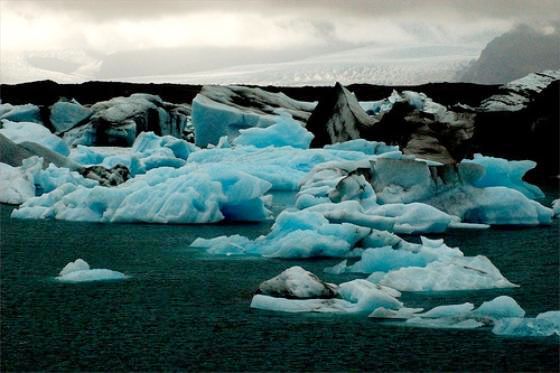
Melting ice caps will also desalinate the ocean and therefore throw the global ecosystem out of balance and throw off ocean currents, which regulate temperatures.
Current and future climate change would be expected to have a number of impacts, particularly on coastal systems. Such impacts may include increased coastal erosion, more storm-surge flooding, changes in surface water quality, increased loss of property and coastal habitats, increased flood risk and potential loss of life, loss of nonmonetary cultural resources and values, and impacts on agriculture and aquaculture through decline in soil and water quality.
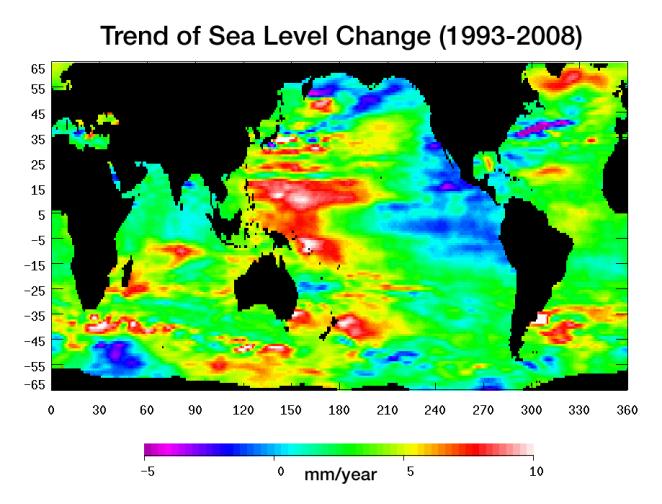
This image, created with sea surface height data from the Topex/Poseidon and Jason-1 satellites, shows exactly where sea level has changed from 1993 to 2008 and how quickly these changes have occurred. http://photojournal.jpl.nasa.gov/catalog/PIA11002
2. Spread of Disease
Climate changes already are thought to have contributed to an epidemic of avian malaria that wiped out thousands of birds in Hawaii, the spread of an insect-borne pathogen that causes African lions to contract canine distemper, and the bleaching of coral reefs attacked by diseases that thrive in warming seas. "Climate change is disrupting natural ecosystems in a way that is making life better for infectious diseases," said Andrew Dobson, a Princeton University researchers and another co-author of the study in Science.
"We're alarmed because in reviewing the research on a variety of different organisms we are seeing strikingly similar patterns of increases in disease spread or incidence with climate warming." states Richard Ostfeld, an environmental researcher at the Institute of Ecosystem Studies. Mosquitos and other insects which carry diseases thrive at higher and higher elevations where the cold once kept them out.
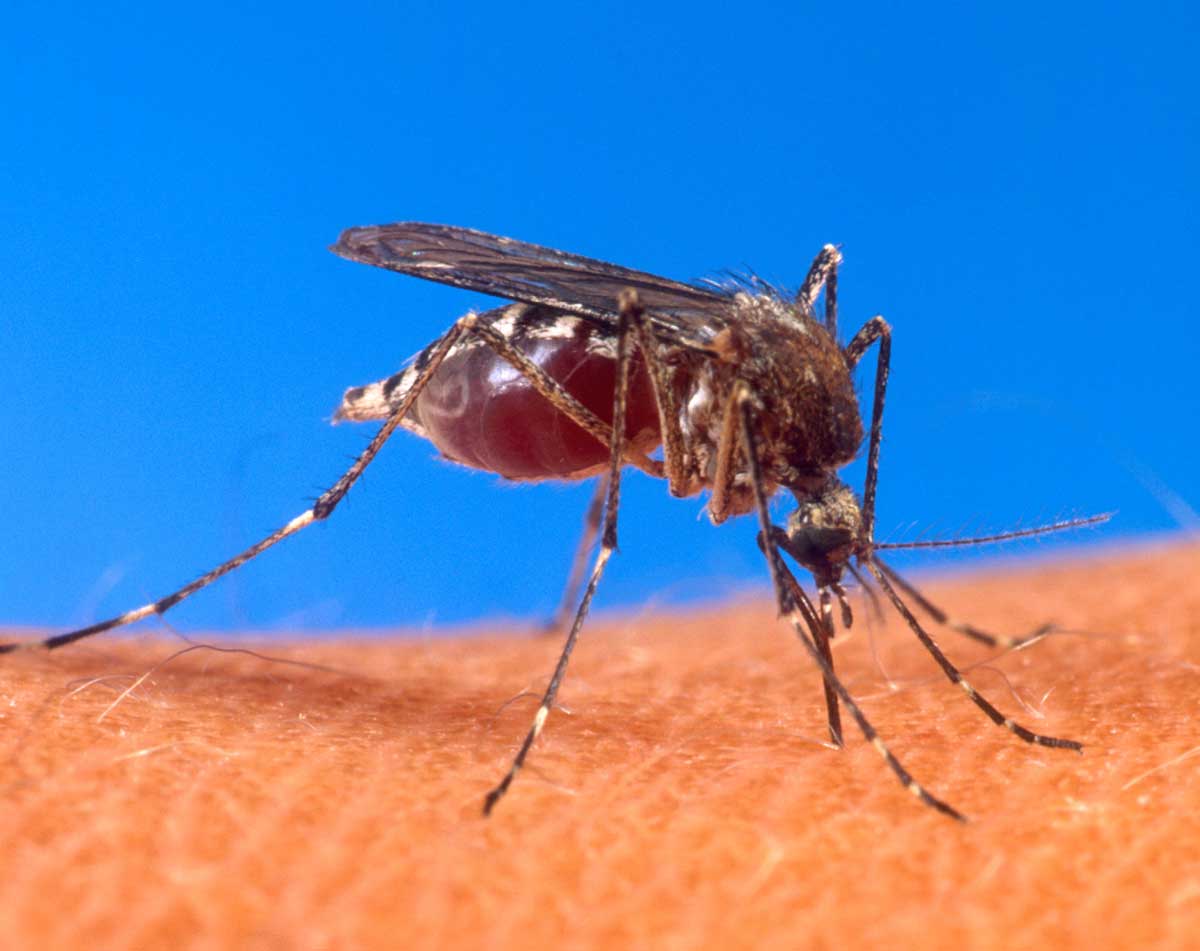
3. Extreme Weather
Scientists have found evidence as global warming progresses, that increased evaporation could result in more extreme weather. This can mean more severe storms such as hurricanes which cause billions of dollars in losses and property damages, as well as deaths and injuries.
The 2007 Fourth Assessment Report of the Intergovernmental Panel on Climate Change (IPCC-AR4), says that it is “more likely than not” that there is a human contribution to the observed trend of hurricane intensification since the 1970s. In the future, “it is likely [better than 2 to 1 odds] that future tropical cyclones (typhoons and hurricanes) will become more intense, with larger peak wind speeds and more heavy precipitation associated with ongoing increases of tropical [sea surface temperatures].”
The U.S. West will see devastating droughts as global warming reduces the amount of mountain snow and causes the snow that does fall to melt earlier in the year, the new study says.
By storing moisture in the form of snow, mountains act as huge natural reservoirs, releasing water into rivers long into the summer dry season.
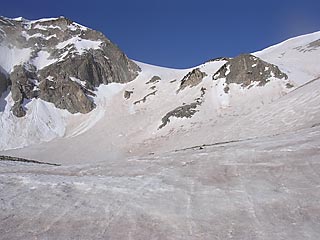
Tim Barnett, leader of research and oceanographer at the University of California, San Diego says that we are losing that reservoir because Spring runoff is getting earlier and earlier in the year, so the water ends up going over the dams into the ocean. Summers are also becoming hotter and longer. Barnett says that what's been occurring recently, is different from natural variability and is driven by the buildup of greenhouse gases such as carbon dioxide in Earth's atmosphere.
4. Economic Impact
The insurance industry is one aspect of the economy that will be directly impacted by global warming. The economic impact of global warming could be catastrophic. The number of major natural disasters has tripled since the 1960s and insured losses increased fifteen fold in real terms (adjusted for inflation). Wikipedia cites one study done by the Association of British Insurers in 2005 that says that 35–40% of the worst catastrophes have been related to the climate change. Over the past three decades, the proportion of the global population affected by weather-related disasters has doubled in linear trend, rising from roughly 2% in 1975 to 4% in 2001.
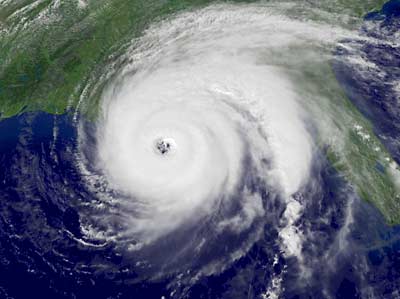
Hurricane Ivan, 2004
Financial institutions warned in a 2002 study by UNEP that "the increasing frequency of severe climatic events, coupled with social trends" could cost almost $150 billion each year in the next decade. These costs would increase costs related to insurance and disaster relief, and burden customers, taxpayers, and industry.
Infrastructures such as roads, airport runways, railway lines and pipelines will probably require increased maintenance and renewal as they become subject to greater temperature variation and are exposed to weather that they were not designed for.
Greater spending on healthcare from more disease as well as preventative measures for increased disease rates may be required.
It is extremely important that we take action NOW to inhibit global warming. We can be the earth's own air conditioners.
What can we do RIGHT NOW?

1. Reduce, Reuse, Recycle
Do your part to reduce waste by choosing reusable products and not disposables. Buy products with minimal packaging will help to reduce waste. Whenever you can, recycle paper and paper products, newspaper, plastic, glass, and aluminum cans. If there isn't a recycling program at your workplace, school, or in your community, ask about starting one. Did you know that by recycling half of your household waste, you can save 2,400 pounds of carbon dioxide annually?

2. Change Light Bulbs
Wherever practical, replace regular light bulbs with compact fluorescent light (CFL) bulbs. Did you know that replacing just one 60-watt incandescent light bulb with a CFL will save you $30 over the life of the bulb? CFLs last 10 times longer than incandescent bulbs, they use two-thirds less energy, and give off 70 percent less heat.
If every U.S. family replaced one regular light bulb with a CFL, it would eliminate 90 billion pounds of greenhouse gases, which would be the same as taking 7.5 million cars off the road!

3. Drive Less and Drive Smarter
Less driving means fewer emissions. Not only do walking and biking save gasoline, they are great forms of exercise. Look into your community’s mass transit system, and check out options for carpooling to work or school.
When you are going to drive, make sure your car is running efficiently. Keeping your tires properly inflated can improve your gas mileage by more than 3 percent. Every gallon of gas you save helps your budget, and also keeps 20 pounds of carbon dioxide out of the atmosphere!

4. Use Less Heat and Air Conditioning
Did you know that by adding insulation to your walls and attic, and installing weather stripping or caulking around doors and windows you can lower your heating costs more than 25 percent? This reduces the amount of energy you need to heat and cool your home.
You can also turn down the heat while you’re sleeping at night or away during the day, and keep temperatures moderate at all times. Setting your thermostat just 2 degrees lower in winter and higher in summer could save about 2,000 pounds of carbon dioxide each year!

5. Use Less Hot Water
Save energy by setting your water heater at 120 degrees, and wrap it in an insulating blanket if it is more than 5 years old. If you buy low-flow showerheads, you can save hot water and about 350 pounds of carbon dioxide yearly! Wash your clothes in warm or cold water to reduce your use of hot water and the energy needed to produce it. Most households can save at least 500 pounds of carbon dioxide annually by just that change alone. Use the energy-saving settings on your dishwasher and let the dishes air-dry.
Always turn off the water when you're not using it. Did you know that you can waste up to 4 gallons per minute brushing your teeth? While brushing your teeth, shampooing the dog or washing your car, turn off the water until you actually need it for rinsing. You'll reduce your water bill and help to conserve a vital resource.

6. Remember to Turn the Lights Off
Turn off lights whenever you leave a room, and use only as much light as you need. Remember to turn off your television, video player, stereo and computer when you are not using them.

7. Buy Energy-Efficient Products
Companies are producing more and better energy efficient products in all forms. When it's time to buy a new car, consider a hybrid, and at least choose one that offers good gas mileage. Home appliances now come in a range of energy-efficient models. Compact florescent bulbs are designed to provide more natural-looking light while using far less energy than standard light bulbs.
Avoid products that come with excess packaging, especially molded plastic or other packaging that can't be recycled. If you reduce your household garbage by 10 percent, you can save 1,200 pounds of carbon dioxide annually!
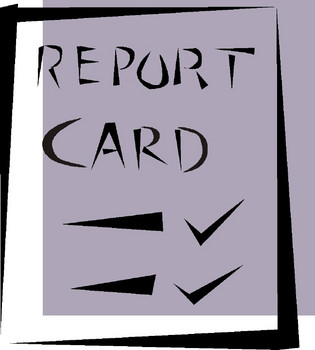
8. Get a Report Card from Your Utility Company
Many utility companies provide free home energy audits to help consumers identify areas in their homes that may not be energy efficient. In addition, many utility companies offer rebate programs to help pay for the cost of energy-efficient upgrades.

9. Plant a Tree
If you have the room and the means to plant a tree, please start digging! During photosynthesis, trees and other plants absorb carbon dioxide and give off vital oxygen. They are a very important and integral part of the natural atmospheric exchange cycle here on Earth. Unfortunately, there are too few of them to fully counter the increases in carbon dioxide caused by automobile traffic, manufacturing, and other human activities. One single tree will absorb approximately one ton of carbon dioxide during its lifetime!
10. Pass it On!!!
Share information about recycling and energy conservation with your friends, neighbors and co-workers. Encourage public officials to establish programs and policies that are good for the environment!
These 10 steps will take you a long way toward reducing not only your monthly budget but your energy use and your carbon footprint! And less energy use means less dependence on the fossil fuels that create greenhouse gases and contribute to global warming.
Let's make choices now that enable us to be earth's air conditioners. The effects of global warming can be reduced if we make the changes! We CAN make a difference!!!
Sources:
http://photojournal.jpl.nasa.gov/catalog/PIA11002
http://en.wikipedia.org/wiki/Sea_level_rise
http://www.lionresearch.org/projects/lifelion.html
http://www.cbsnews.com/stories/2002/06/20/tech/main512920.shtml
http://news.nationalgeographic.com/news/2008/01/080131-west-droughts.html
http://environment.about.com/od/globalwarming/tp/globalwarmtips.htm
